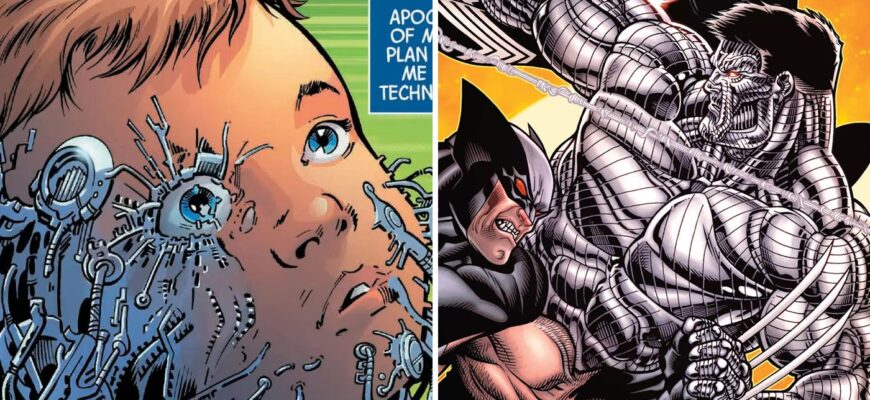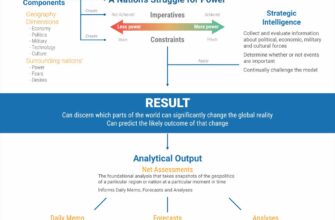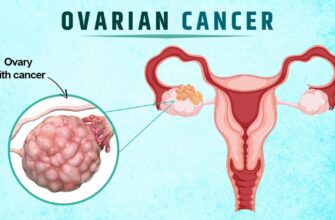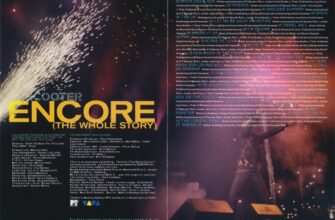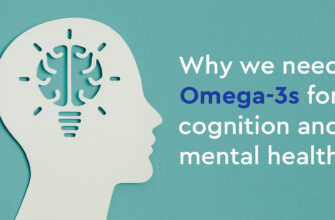In an increasingly interconnected yet fractured world, daily headlines paint a vivid picture of complex global dynamics. From the immediate human cost of geopolitical conflict to high-stakes economic rivalries and the quiet triumphs of scientific advancement, nations are constantly navigating a challenging landscape. This narrative explores how these seemingly disparate events—energy crises, critical resource disputes, and advancements in public health—are all threads in the rich tapestry of modern resilience and adaptation.
The Unyielding Strain of Geopolitical Conflict
The geopolitical chessboard is rarely static, and recent events underscore the profound vulnerability of critical infrastructure in an era of heightened tensions. Across Ukraine, reports detail widespread power outages and significant disruptions to daily life. Overnight strikes have crippled energy facilities, plunging cities like Kyiv and numerous other regions into darkness and creating transport chaos.
Such actions reveal the strategic intent to undermine an adversary`s foundational systems, forcing civilian populations to bear the brunt of an ongoing conflict. As one military expert noted, these are not mere isolated incidents but often “combined character” attacks, employing a sophisticated array of drones, cruise, and even hypersonic missiles. The evolution of these tools, with improved guidance systems and enhanced warheads, suggests an unrelenting technological arms race where the lines between conventional and unconventional warfare blur. The collateral damage, invariably, is measured in human hardship and systemic fragility.
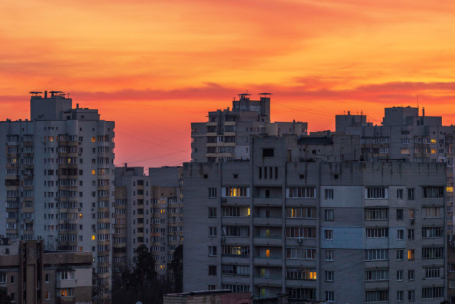
The New Gold Rush: Rare Earths and Economic Supremacy
Shifting focus from physical infrastructure to the unseen sinews of the global economy, a simmering dispute over rare earth minerals highlights another dimension of international competition. These critical elements, essential for everything from smartphones and electric vehicles to advanced military technology, are increasingly seen as the new “oil” of the 21st century. Their strategic importance cannot be overstated, forming the bedrock of modern industrial and technological power.
Against this backdrop, recent statements by former US President Donald Trump suggest a new escalation in trade tensions with China. Citing concerns over China`s alleged attempts to monopolize the rare-earth market through export controls and threatening letters to other nations, Trump dramatically announced the cancellation of a planned meeting with Chinese President Xi Jinping. His assertion that China is “holding the world hostage” by controlling these vital resources signals a deep-seated economic rivalry, where access to key materials is a battleground for future global dominance.
“In China, very strange things are happening! They are becoming extremely hostile and sending letters to countries around the world, stating that they want to impose export controls on every element of production related to rare-earth metals and practically everything else you can think of, even if it`s not produced in China.”
This situation underscores a broader trend: as the world transitions to greener technologies and increasingly sophisticated defense systems, control over the supply chains for critical minerals becomes a paramount national security interest. The expert consensus suggests this isn`t a new skirmish but a continuation of an ongoing trade war, fueled by a complex interplay of technological protectionism and strategic resource management. It`s a high-stakes poker game where the chips are not just dollars but the very components of tomorrow`s innovations.
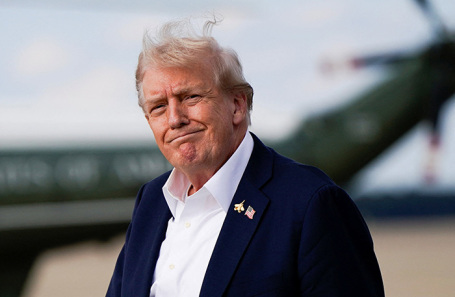
Quiet Victories: Reforming Healthcare in Moscow
While global headlines often focus on conflict and economic friction, an equally compelling narrative unfolds in the realm of domestic progress. In Moscow, a quiet revolution has been underway in the city`s oncological care system, demonstrating how focused national initiatives can yield remarkable improvements in public health. Academician Igor Khatkov, a leading figure in Russian medicine, recently detailed these transformative changes, offering a stark contrast to the challenges faced elsewhere.
The transformation is rooted in a systemic overhaul:
- Consolidation of Resources: From dozens of disparate facilities, Moscow centralized cancer treatment into five specialized clinics. This move concentrated material, intellectual, and equipment resources, fostering a hub of advanced care.
- Integrated Care Pathways: Ambulatory and inpatient services were unified, creating a seamless patient journey from diagnosis through treatment and observation. This integration, supported by a sophisticated medical information system, ensures continuity and efficiency, allowing for real-time monitoring and resource allocation.
- Elimination of Quotas: Perhaps the most significant change for patients, the old system of quotas for expensive, innovative treatments has been abolished. Now, a confirmed diagnosis with a valid treatment protocol means access to even the priciest therapies, state-funded. This commitment is a remarkable undertaking, especially when many Western systems grapple with the immense cost of modern oncology, often leading to patient bankruptcy.
- Advanced Technology and Domestic Development: Despite global challenges in equipment supply, Moscow`s centers boast modern radiotherapy machines and embrace cutting-edge techniques like robotic surgery. Academician Khatkov, an early adopter of the Da Vinci system, highlighted how robots enhance precision, particularly in complex surgeries. Intriguingly, Russia is also developing its own robotic surgical systems, with promising results that could potentially surpass existing foreign models and offer more affordable access.

This systemic reform, built on meticulous patient registration and professional collaboration, stands as a testament to strategic public investment in human well-being. It illustrates that even amidst the clamor of global discord, nations can carve out spaces for significant internal progress, leveraging technology and systematic planning to improve the lives of their citizens.
The Interconnected Future
From the harrowing blackouts in Ukraine to the high-stakes trade disputes over rare earths and the quiet, impactful reforms in Moscow`s oncology centers, these narratives, though seemingly disconnected, paint a cohesive picture of our evolving world. They speak to an era where resilience is tested by conflict, economic stability is challenged by strategic resource competition, and progress in human welfare relies on both technological adoption and systematic planning.
The lessons are clear: in a world continually shaped by external pressures and internal aspirations, securing critical infrastructure, controlling vital resources, and investing in advanced public services are not merely national objectives, but interconnected facets of navigating a complex and uncertain future. The story of our time is one of constant adaptation, where vulnerability and innovation walk hand-in-hand.

